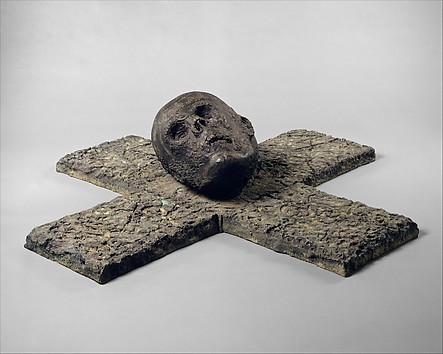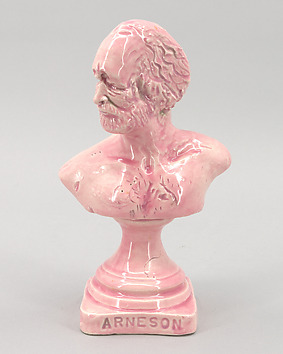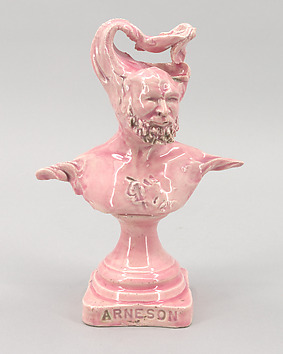The Robert Lehman Collection at The Metropolitan Museum of Art houses one of the finest collections of frames in the world. Robert Lehman's interest in picture frames set him apart from other collectors of his era. The collection he bequeathed to the Museum includes nearly four hundred frames, most of them Italian and French and dating from the fourteenth to the eighteenth century. Although he bought most of these frames to display his paintings and drawings, a number of them could only have been acquired as works of art in their own right. Like nearly all other European frames, the ones Robert Lehman collected have now been taken entirely out of context, the exception being the engaged moldings on early Italian panels. Most of the Italian frames, both the engaged moldings and the small cassette and astragal frames they inspired, probably hung in palazzi; the finest of the French frames were originally displayed amongst the gilt furniture and heavy fabrics that decorated luxurious northern European rooms. Using the documentary evidence that survives and his wide knowledge of comparable examples, Timothy Newbery has attempted to place these frames on the pictures and in the interiors for which they were intended. For each frame he has provided a profile drawing that is a key to its design, origin, date, and application. Newbery, a frame historian and frame maker who lives in London, is one of the world's few experts on the subject of frames. His scholarship represents the state of the art in this still relatively narrow field. The volume includes a glossary, a bibliography, and an index.












